Olive Cairns: ‘They Did Dumb Things with Women in Those Days’
Olive Cairns (b. 1916) remembers her youth as a Nabob factory girl and her struggles to keep a job and run a household during World War II.
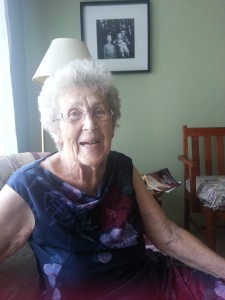
I grew up at 20th and Knight with my family. The area didn’t have a name then, and I’m not sure if it even has one today. Sometimes people referred to it as Gibby’s Field, because there was a field across the road owned by a man named Gibson.
I went to Selkirk School, and then to John Oliver School, but I left when I was 16 because times were hard. It was 1932, and it was easier for a girl to get a job than a man, so I worked to support my family. I took the streetcar downtown for 5 cents to work for Kelly Douglas Ltd, at the Nabob factory on Water Street. The building is still there, by the train station, but now it’s a brewpub.
My job was packing tea. I made $14/week, which was for 5 days, 8 hours each, plus 4 hours on Saturday. When I started, my job was to open the empty Nabob bags and arrange them on a tray, but then I was upgraded to packing the tea, weighing the bags and labeling them. I liked that better. Upstairs, another girl opened the big wooden boxes—they were strapped with metal, about 24” x 24,” and came all the way from India. She poured the tea down a chute to us. It was all the same tea for us—Nabob tea.
What I really liked was when I was moved to around the corner where the specialty orders were put up to go out to the Overwaitea stores in the Interior. They had different teas there, such as oolong, or gunpowder tea that looked like black peppers. I remember seeing 50lb bags of gunpowder tea going to the store at Williams Lake. On another floor, we poured extracts into bottles which were capped and labeled. In one of the rooms, there were two Mexican girls who sat on these tall stools with these things like chopsticks and they’d pack olives—some stuffed with pimentos, others with almonds. In order to get more of them in, they moved the olives around with the sticks so that all the pimentos faced outwards.
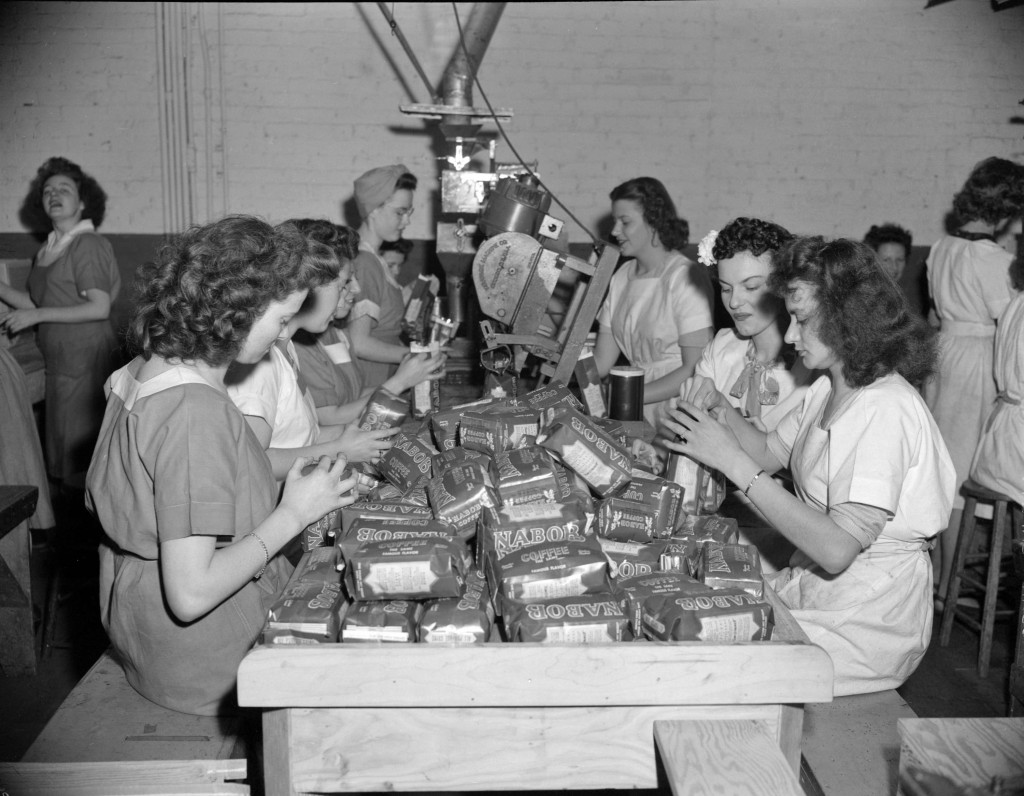
Image credit: Jack Lindsay, public domain
When there were no more tea shipments in from India, we were laid off, and I waited at home for a call for another job. Sometimes I’d work the strawberry belt in a factory on Mainland Street in Yaletown. We’d stand on either side of a conveyor belt and sort the strawberries— damaged ones or unhulled strawberries would be taken aside, and the rest would be packed in barrels filled with sugar that would be saved for making jam later in the year. The damaged ones would be made into jam onsite.
There was a laundry mat at the end of that street that cleaned and delivered uniforms wherever they were needed. Everyone wore uniforms at their jobs. We had white smocks and caps when we worked with food.
Then I got a job in the Safeway warehouse on Beatty Street, packing food again. I took the streetcar across the Cambie Street Bridge and walked two blocks down Beatty. It was full-time work, which was better than being on-call. They had these huge crates of icing sugar, and one girl’s job would be to lean into it and ladle out the icing sugar. You’d breathe the sugar in and be covered in it all over your smock and hat. It’s only lately I could stand being around icing sugar—that’s how much I hated that job! But I enjoyed packing other foods such as prunes and raisins. There were 50lb flats that were dumped into a metal-lined bin, and we’d pack them into 1lb bags.
Nothing was plastic, as plastic hadn’t been invented yet. Everything was in bottles, burlap bags, wooden crates, metal bins or paper bags.
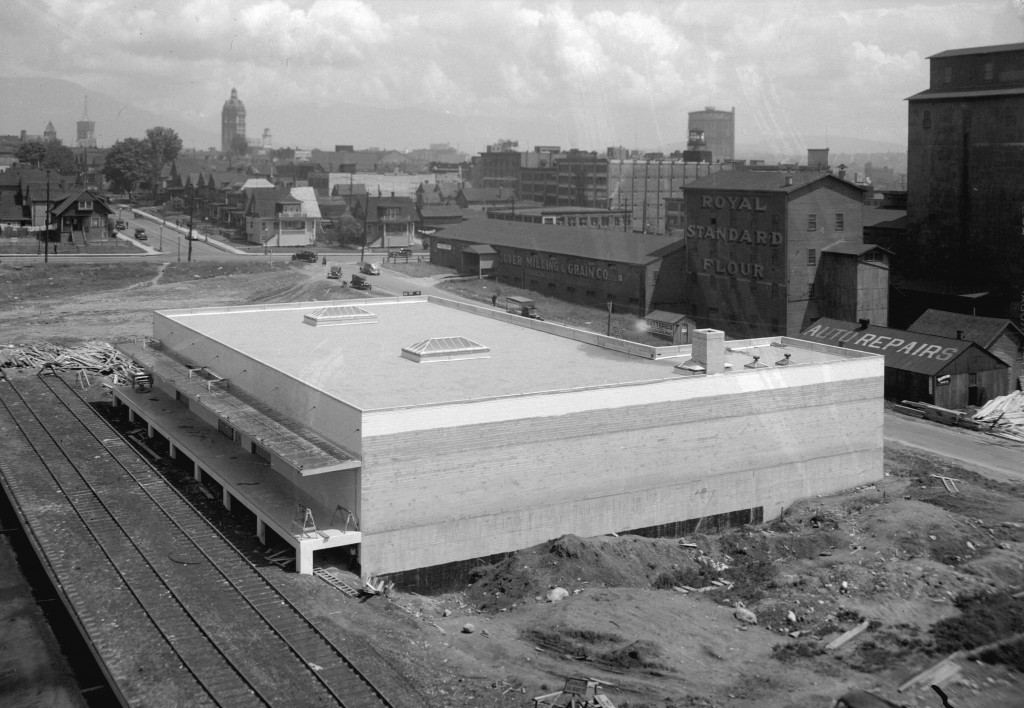
Image credit: Stuart Thompson, public domain
My uncle was a real estate agent whose job was to find properties for Safeway. There was a big house on the corner of Knight and Kingsway, and it was moved to the opposite corner so Safeway could build a big store there on Dumfries. That became our store.
During the war, I got a lot more work at Safeway because so many men were away. We wore denim overalls and had these big pallets on wheels that we’d move around the warehouse collecting the orders for the different stores—so many bags of flour, sugar and whatever else they needed. Then we’d wheel the pallets to the elevator that took them downstairs where the men loaded them into the trucks.
When I got married, in 1942, I had to quit. Married women weren’t allowed to work at Safeway. They said that those jobs were needed by men or by unmarried women who had no one else looking after them. One woman kept her marriage a secret. They needed the money, so she didn’t tell anyone she was married.
We rented a place at an auto court on Kingsway at Gladstone, for a month at a time, and we paid $40 per month. We didn’t have a car for years though, and had two girls before we had a car. I remember taking the girls on the streetcar. That’s no joke, going to visit someone like that.
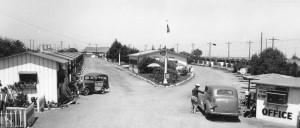
Image credit: Orange County Archives, CC, Flickr
On certain Fridays, the City Hall posted that they had properties you could bid on. My husband looked into it and asked me to write the letter because he didn’t like to write. So I signed our bid, and we got it! $125 for a vacant plot of land on 36 Ave at Knight. However, because I’d signed the letter, the property was now owned by me, but Central Mortgage and Housing wouldn’t give us a $4000 mortgage to build our house unless my husband owned the property. Oh, the rigmarole we had to go through there! They did dumb things with women in those days.
We got our mortgage, and my husband went away to cook in the Navy in 1944. I moved with our baby daughter to my mother’s. My mortgage payments were $32. The government gave us $80 plus what my husband signed over, and we got $5 for the child. How did we live on that? I got a job at a fancy restaurant called Clancy’s on Granville at Pender, working as a sandwich and salad maker. It was the upscale version of White Lunch. My cousin was in charge of personnel for all the restaurants.
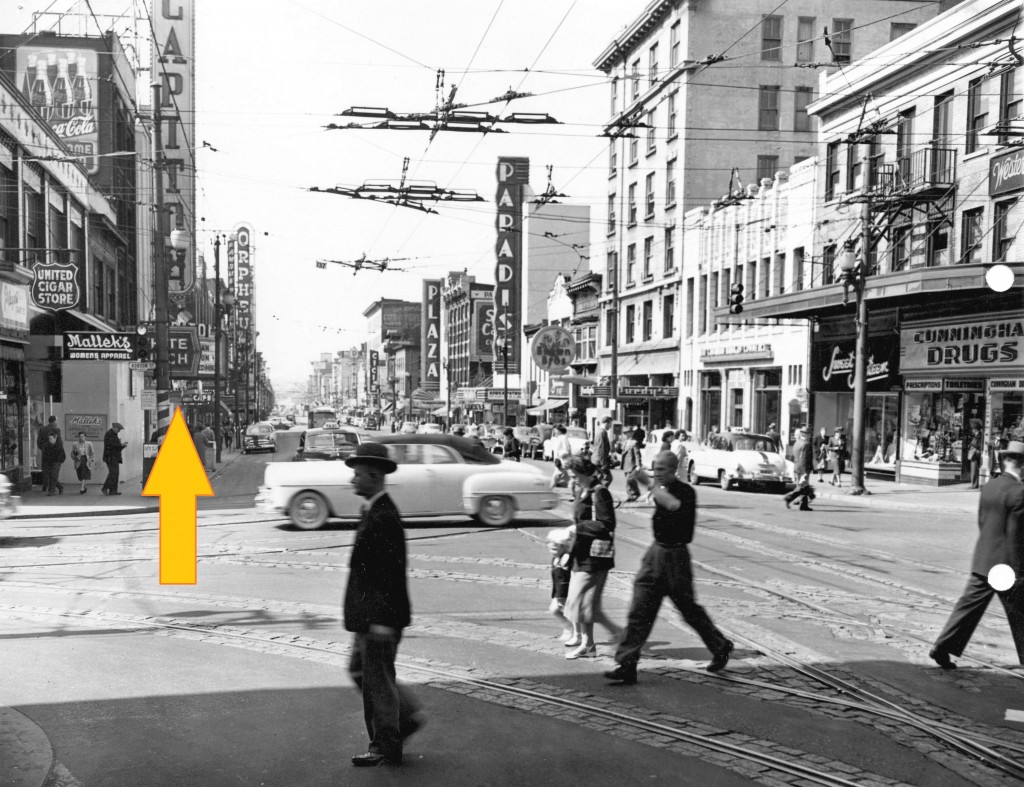
Image credit: Vancouver Transportation Division, copyright City of Vancouver
I had to oversee the work on our house by myself. I took my daughter to the site in her carriage every day and asked questions. We had the plans, but I had to teach myself how to read them. The manager of our site was named Sinclair. I saw some wood and asked him what it was for and he said doorjambs. “But,” I said, “that’s not regulation doorjambs” and he said we couldn’t get regulation sized because of the war. “Then we’ll wait,” I said.
I moved into our finished house on January 15, 1946, and my husband returned from the war in 1946. He became a chef at Clancy’s, and we worked beside each other on the line.
Now I had to walk down the hill to Kingsway to shop at our big Safeway. Across the street, there was a hardware store and Keith’s dry goods store, and Eldridge’s Drug Store on the corner. When Price Smart put in a pharmacy, Eldridge’s went out of business. It’s a coffee shop now. There’s lots of Vietnamese and Chinese businesses there now.
The Interurban station was at Cedar Cottage, but the streetcar didn’t quite reach the Interurban. Sometimes they’d have a celebration for May Day in Burnaby at Central Park, and we’d take the Interurban there. It wasn’t much of a trip, but it was still exciting!
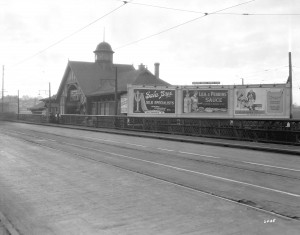
Image credit: M. James Skitt Matthews, public domain
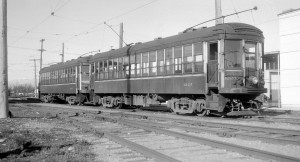
Image credit: Walter E. Frost, copyright City of Vancouver
Before we got married, my husband lived on Tyne at 49th had to walk to Kingsway and Joyce to get into town. There were no streetcars there, only houses. Many people had chickens in their backyards, and everyone had a garden.
I still have a garden. I was out in it this morning. Someone asked me why I was still gardening, and I said “Who would do it if I didn’t?”
My eldest daughter is 71 tomorrow, and we’re going to the Seasons in the Park restaurant to celebrate.
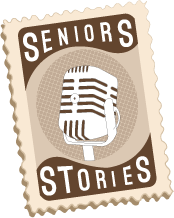



Leave a Reply